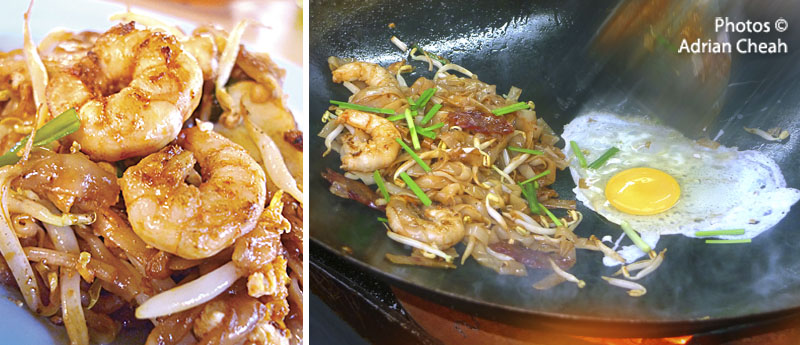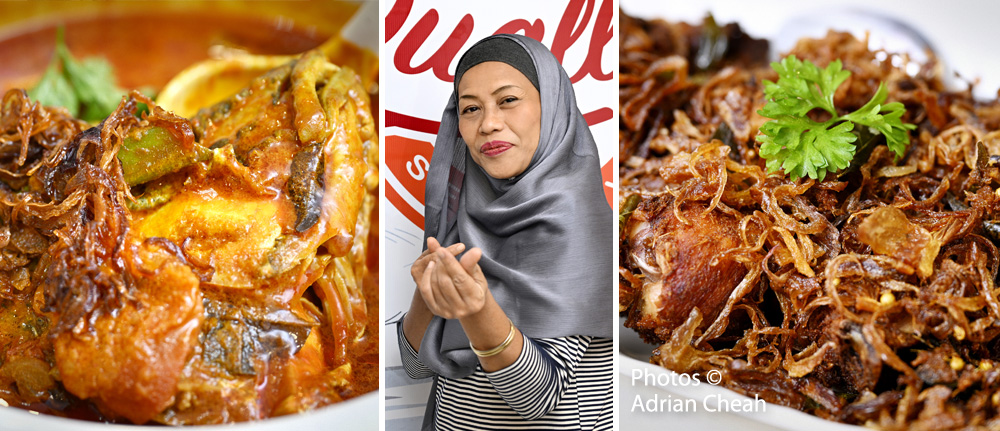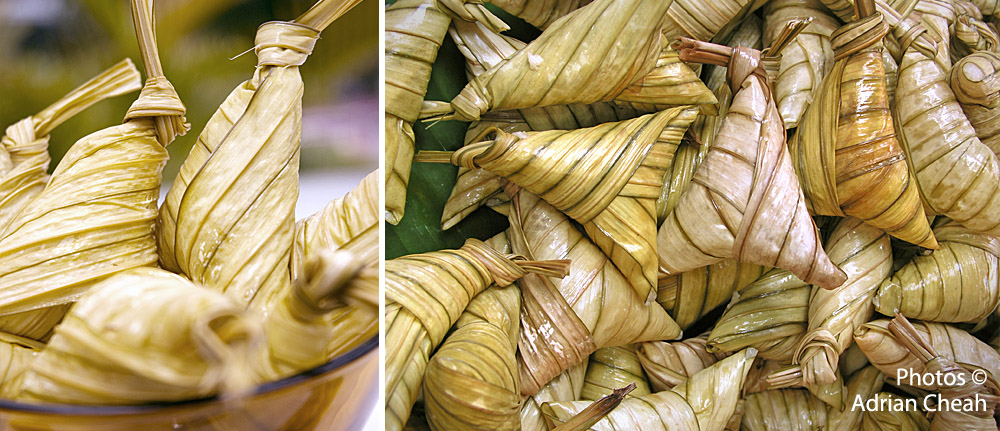Lemang: an insight into tradition, taste and timelessness

In Penang and across Malaysia the lemang is available all year round. Nonetheless, it has become a special dish during the Hari Raya celebrations – Hari Raya Aidilfitri (Eid al-Fitr) and Hari Raya Aidiladha (Eid al-Adha). Although its preparation seems simple enough, cooking lemang requires an open area with ample ventilation – which is why most people just prefer to buy lemang rather than attempt to make it themselves.
Continue Reading
Raikan Rasa at The Tamarra – a seaside Ramadhan buffet like no other
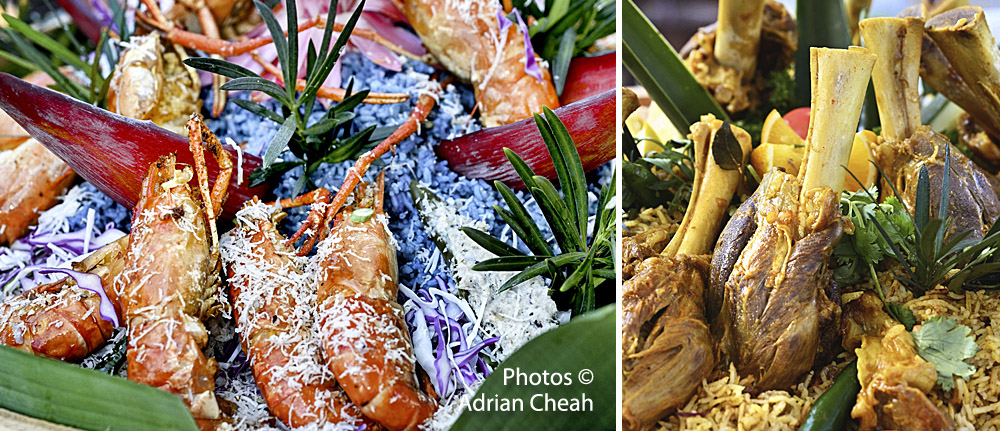
Bayu Nusantara berbisik rindu,
Aroma dapur menjemput pulang,
Hidangan Tamarra kasih bersatu,
Raikan Rasa kenangan gemilang.
How do I gather the right words to capture a feeling so intrinsic, a memory so deep-rooted – one stirred awake and propelled forward through a dining adventure at Tamarra? An experience woven from taste and time, where every flavour carries echoes of the past, every aroma rekindles longing and every bite whispers love. Even after the final spoonful, after the last note of Getaran Jiwa fades, after the cool sea breeze traces its farewell across my face – the night lingers, golden and etched upon the heart.
Continue Reading
Inventive roti canai sarang burung in Balik Pulau

Being a popular dish among Penangites and Malaysians at large, roti canai or roti paratha is a flaky, moreish flatbread enjoyed any time of the day. Made with flour, water, salt, a little sugar and fat, the mixture is kneaded into a dough and allowed to rest. It is then divided and rolled into palm-size balls. The rested dough ball is stretched; held at a corner, it is then flung in the air onto the oiled work surface twice or thrice, stretching it paper thin before folding to obtain a layered texture.
Continue Reading
Traditional Malay cooking at Lagenda Café in the heart of George Town

The key signature in traditional Malay cuisine is definitely the generous use of local herbs, spices and belacan (shrimp paste). Santan (coconut milk) is a common addition to impart a creamy texture to Malay dishes. In Penang and the northern states of Malaysia, Malay cooking has further integrated Thai flavours. Meats and seafood are usually marinated with a special blend of herbs and spices before being cooked. Vegetables are often stir-fried and some eaten raw, always with sambal belacan. I love Malay dishes because of their strong, spicy and aromatic oomph. For an authentic Malay feast, visit Lagenda Café.
Continue Reading
Irama Dining, the rhythm of a fresh and modern dining experience
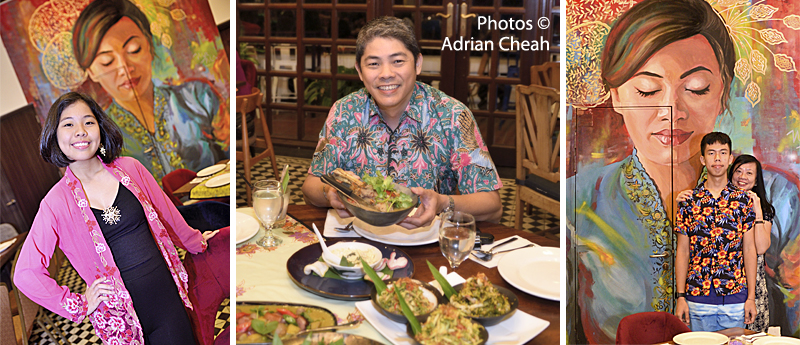
Penang is truly a food paradise that has an extensive culinary scene, offering diverse delights from various cuisines, including delicious Malay fare. Irama Dining stands out as a culinary revelation for me. It brilliantly blends the bold, aromatic Malay cooking style with the vibrant flavours of local herbs and spices. The presentation of dishes is impeccable, complemented by the understated elegance of the dining space.
Continue Reading
Sutera Restaurant's oriental offerings take flight

When you witness the beginning of a new venture, it is with optimism. Success will follow suit if everything is organised well and executed to the best of one's abilities.
The launch of Sutera Restaurant holds great potential with a winning menu, scrumptious offerings and eye-arresting presentations. The conducive dining deco even has a beautiful mural of a larger-than-life peacock perch on a branch overlooking its diners.
Continue Reading
Luffa by Irama Dining, Penang's new dining gem at The Leith Hotel
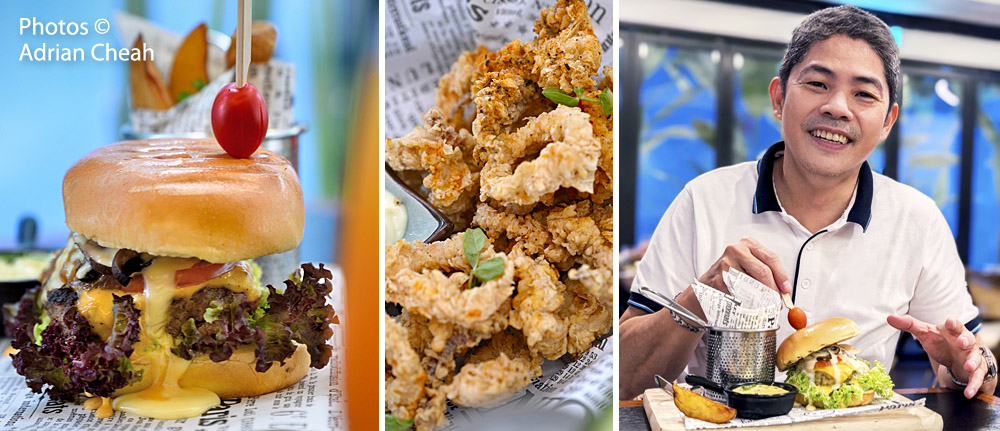
I am thrilled to share my thoughts on Luffa, a new gem nestled within the elegant setting of The Leith Hotel, located directly across from Penang's iconic Cheong Fatt Tze Mansion. Co-owned by the Irama Dining Group, The Leith Hotel reflects the same dedication to excellence that has become synonymous with the group.
Continue Reading
My unforgettable birthday dinner at The Tamarra

I turned 55 this year, travelled 55 times around the sun, clocking a distance of 8,228 million kilometres. Although moving at breakneck speed of 1,670 kilometres per hour through space, my precious life on earth seems to crawl at a much slower pace.
I look up at the night starry sky and marvel at the millions of miles I have travelled across the universe. I close my eyes and look within and marvel as well at more than half a century of wisdom and experience I have encountered. I am truly blessed!
Continue Reading
Nostalgic Delights: A Seaside Ramadhan Buffet at The Tamarra

Come, come, whoever you are.
Wanderer, worshiper, lover of leaving.
It doesn't matter.
Ours is not a caravan of despair.
Come, even if you have broken your vow a thousand times.
Come, yet again, come, come.
In the spirit of these timeless words by the revered poet Rumi embraces all who seek warmth, hospitality and inclusivity. Likewise, The Tamarra extends its arms wide to welcome you. Here, within the embrace of its Ramadhan buffet – "Nostalgia Warisan by The Sea", every dish, every aroma, every shared moment around the table, holds within it a tale of love, heritage and cherished memories waiting to be uncovered. As you step into the award-winning restaurant, you are invited to embark on a nostalgic culinary journey amidst the comforting embrace of tradition.
Continue Reading
The Tamarra takes off this Ramadan

The Tamarra is the latest addition to Shad Kamarulzaman's string of restaurants which include Irama Dining, Sutera and Lagenda Cafe. Not resting on his laurels, he brings yet another inspiring dining destination to Penang, this time serving modern Malay gastronomy. However, for the month of Ramadan, The Tamarra is proud to present "Senandung Rasa by the Sea".
Continue Reading





